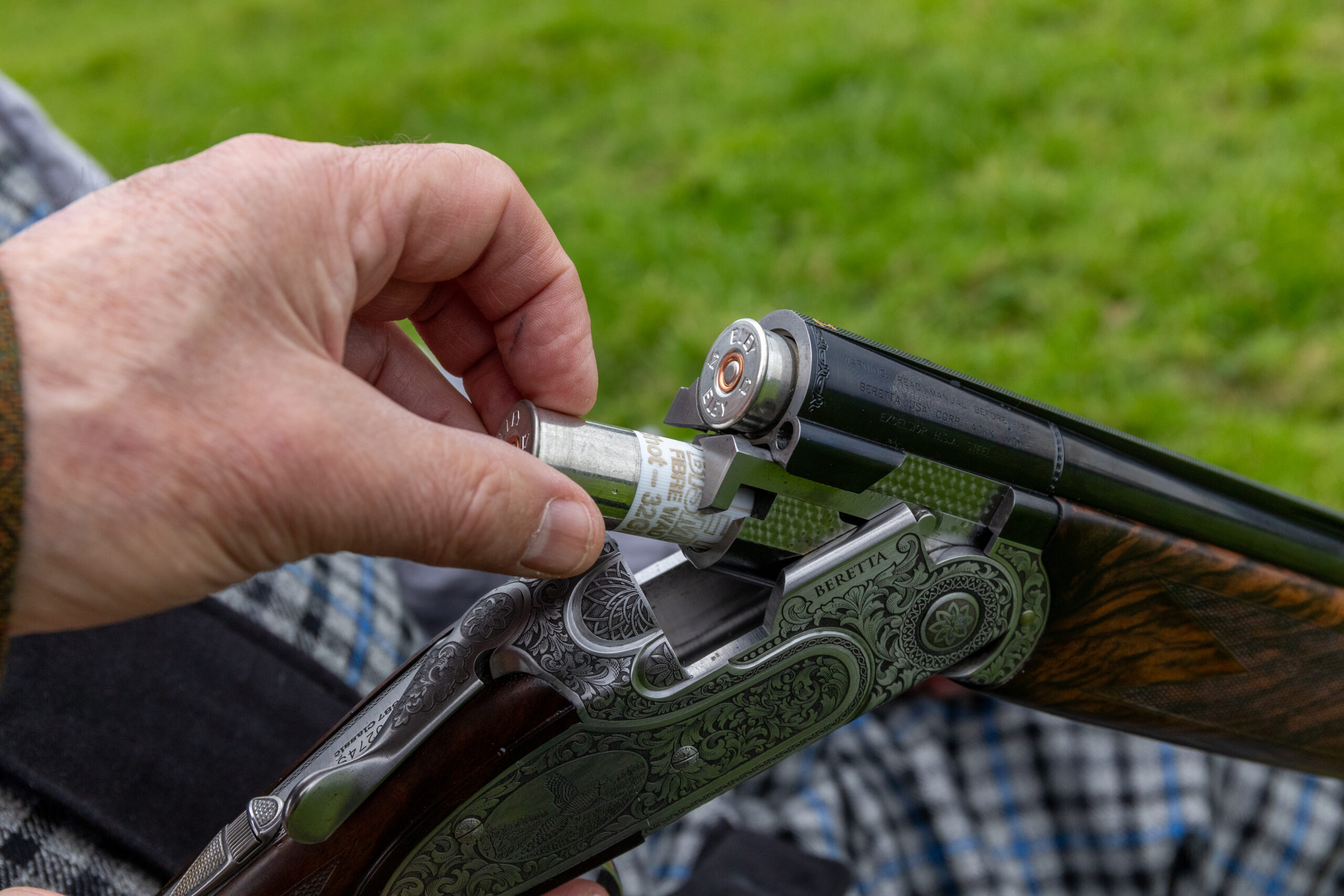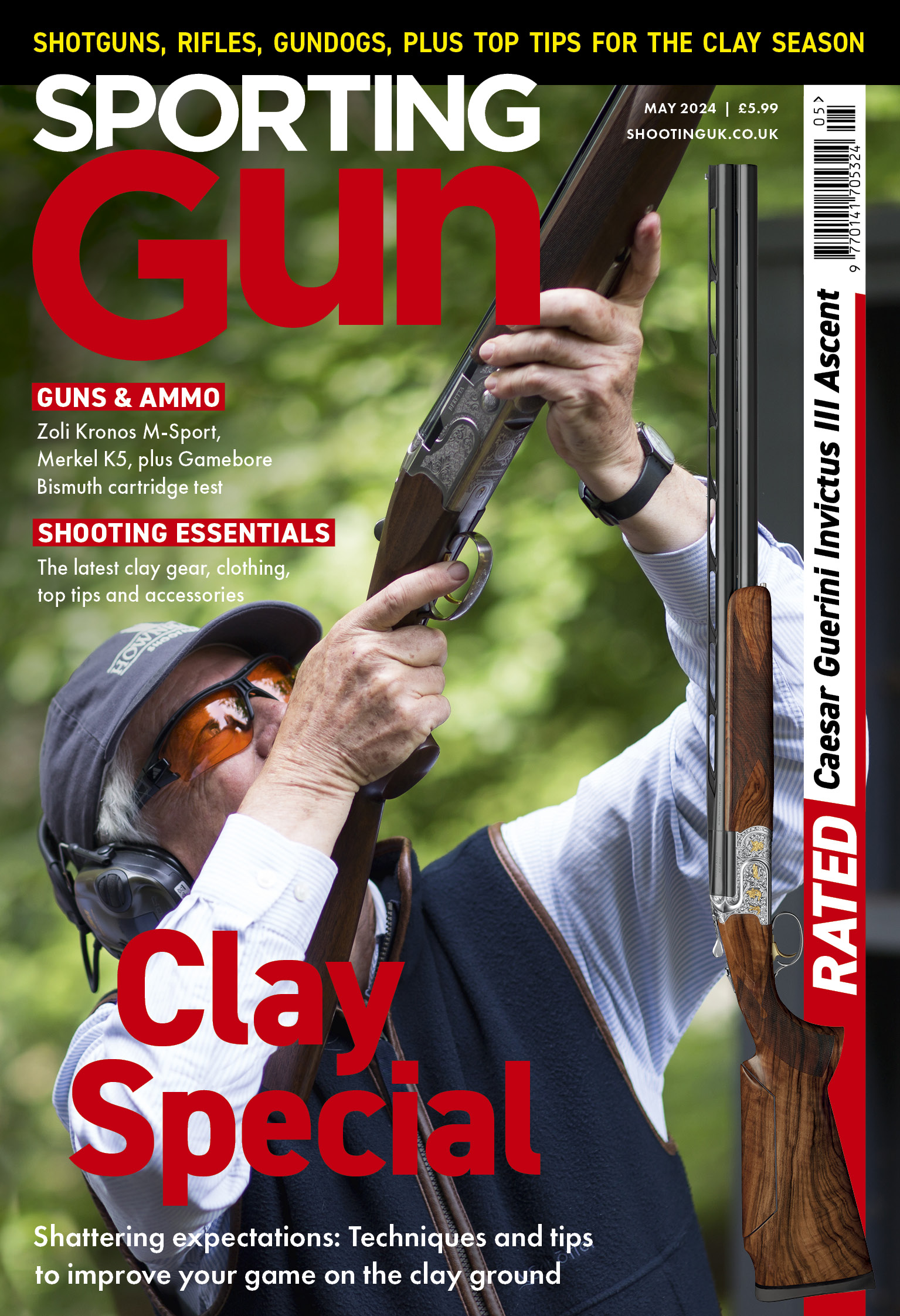.22LR subsonic ammunition reviewed
Six types of .22LR rimfire subsonic ammunition from varying manufacturers are tested out - what did our reviewer think of their accuracy and performance?
A .22 rimfire is largely considered by shooters who have used it to be an accurate vermin cartridge that’s budget friendly and straightforward to shoot with.
On the other hand, the .22 often doesn’t have the respect and appeal given to stalking rifles and shotguns which results in a disinterested approach towards the calibre.
Users often make their ammunition choices based on the cheapest manufacturer or on a friend’s recommendation. This may not be best for you however, for getting the best out of your rimfire and achieving your rifle’s potential. To do that, you need to invest a bit of time and test out what is available in a methodical manner.
Getting good results
A responsible shooter is always keen to achieve a humane shot and for this accuracy is paramount. You also need to think how the bullet will perform when it reaches its target – to get the right results you need good performance of penetration or expansion.
With this in mind, I chose six types of .22LR rimfire subsonic ammunition from varying manufacturers to ascertain accuracy and stopping power at normal vermin ranges.
I purchased some soap bars measuring 2in x 2in and cut to approximately 6in lengths to test the penetration of each bullet. The range test for these was 30 yards and the rifle used was a Ruger M77/22 rimfire.
Each brand of ammunition was sighted in at 30 yards and any differing point of impact noted and compensated for on the soaps, which were securely fixed. The test was to measure the depth of penetration and the bullet expansion.
While of course soap does not mimic animal flesh, it is used by certain bullet makers to test their products and it should give a consistent basis from which to compare each bullet’s performance. To ensure that each bullet would be equally compared, I matched the way the soap was mounted on the range for each test.
For every bullet, I shot two soap-bar tests and took the mean result. I also looked at each bullet design and weighed them to get a real bullet weight and measured a five-shot string over my chronograph to give a fuller picture of ballistics at the end of the testing.
I chose six types of the most popular .22LR subsonic ammunition available
Eley, Winchester, Remington, CCI, RWS and Lapua.
First was the Eley Subs Xtra Plus, which has a newer, lighter wax lubricant covering. The bullet weighs 40.2 grains of hollowpoint design. This is intended to give superior stopping power. Its actual weight was 40.61 grains and it produced a velocity of 1,032fps and 95.1ft/lb.
Next I tested the Winchester subsonic hollowpoints, which weighed a measured 40.3 grains and gave a 1,065fps and 101.5ft/lb. There is a slight lubricant on the surface and the biggest hollowpoint cavity of all the bullets tested.
The Remington is a relative newcomer in the subsonic rankings, weighing in at 38.7 grains, and is almost a clone of the Eley, except it is shorter and it has three lubricant bands rather than two. The velocity and energy figures over the chronograph were 1,029fps and 91ft/lb.
The CCI ammunition has a measured 39.8 grains lead hollowpoint small cavity bullet, very different from the old hollowpoint copper washed bullet. The newer variety was fast for a subsonic at 1,077fps with 102.5ft/lb over the chronograph because it has a lighter bullet.
The slowest velocity ammunition tested was the 40.3-grain RWS bullet with an average velocity of 991fps and an energy figure of 87.9ft/lb. This had a very thick wax coating and nice hollowpoint design of relatively soft lead when compared with the other bullet types.
The Lapua bullet has a good pedigree from the target circuit and its subsonic .22LR shot a consistent 1,071fps with resulting 101.4ft/lb energy from the 39.8-grain bullet.
It’s worth commenting particularly about the penetration test which I found very intriguing. On performing this test I’d thought about what I wanted from a subsonic round. Primarily they are used to despatch game such as rabbits as humanely as possible, but still produce good exterior ballistics such as flat trajectory, accuracy and stopping power.
Equally, I did not want carry over or over-penetration where the bullet’s killing power is lost. My goal is an accurate, consistently performing bullet that expands and has maximum stoppage within the quarry if possible.
Which bullet failed to expand well?
So how did I get on with the six types of ammunition? In the penetration test, the RWS produced the least penetration, while the Lapua gave the most.
The reason for this is that the Lapua was the second-fastest bullet tested and one of the lightest, which ordinarily would cause a rapid expansion, but the bullet was the hardest of all the bullets and therefore failed to expand well in these tests.
The RWS had the shortest bullet path in length at 2.8in, which bodes well for effective transferral of its energy within the quarry. The expansion was 0.4in – the second largest of the bullets on test, with a broad 0.35in wound channel.
Undoubtedly the soft heavy lead projectile travelling at the slowest velocity performed admirably in the tests. With its 40.3-grain bullet, the Winchester expanded well to 0.35in and penetrated 2.95in, allowing all the energy to be transferred to the target in the quickest possible time.
The CCI penetrated 3.4in, just behind the Remington round, but the bullet expansion was larger at 0.35 in, probably due to the softer lead used and larger hollowpoint cavity.
Impressive results
The Eley Subs caught my attention and turned in the best performance of all the ammunition I tried out. It did not over-penetrate like some of the bullets and expanded to 0.45in at 3.25in depth with an impressive 0.5in wound channel. The Remington, despite being lightest at 38.7 grains, gave the second-lowest velocity and energy figures but penetrated to 3.55in, more than the Eley, RWS, CCI and Winchester.
This was probably due to the fact that, though the bullet exhibited the classic mushroom shape at 0.25in the same as the Lapua, it was made of harder lead and had a smaller hollowpoint cavity.
For accuracy, this is paramount. You need to choose a bullet that is accurate in your own gun, rather than a bullet based on its performance. Otherwise all your hard work will be wasted.
Top marks went to Eley with a 0.45in five-shot group at 50 yards, with RWS and Lapua close behind with 0.5in groups. The Winchesters and CCI were next with a 0.55in spread, with Remington turning in the largest but still reasonable 0.75in clusters. This accuracy is from the Ruger tested and it is important to remember that every gun will produce different results.
How to make your choice
Your first selection should always be based on accuracy – there’s no point going for the fastest, best-expanding bullet if it does not connect with the target.
Looking at the results objectively, if you want a fast-expanding bullet that puts its energy into the target quickly and causes the largest wound channel without over-penetrating and has good exterior ballistic characteristics, the Eley Subs Xtra Plus or the RWS would be my choice.
The Winchester is hot on their heels as it expanded quickly and gave good velocity and energy figures. The Lapua Subsonics were accurate and gave good velocity figures but did not expand as well as other bullets tested.
Finally, the CCI and Remington expanded the least and despite the CCI bullet being the fastest round tested, it seems to have less stopping power. Obviously, there are many varying factors to take into account. What’s your range for shooting quarry? Are you after a body or a head shot?
Obviously, soap differs from flesh and blood. However, these tests should give you insight into discovering how your rifle and ammunition will perform in the field.
If you want to be a better, and safer, shot – and of course you do – then I strongly recommend testing prior to shooting. You’ll gain useful insight into your performance and almost certainly improve.







